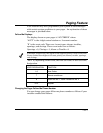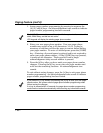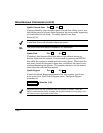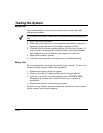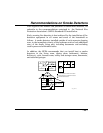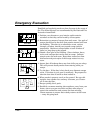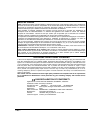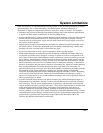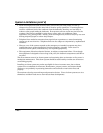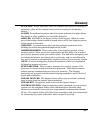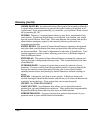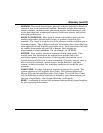
– 31 –
Glossary (cont’d)
SENSOR: The actual alarm sensor, detector, or device installed to detect an
intrusion, fire, or environmental problem. Examples include: door contacts,
window contacts, motion sensors, glassbreak sensors, smoke detectors, rate-
of-rise heat detectors, temperature sensors, flood/water sensors, and carbon
monoxide gas detectors.
SILENT CONDITION: Most types of alarms and troubles alert you with
the keypad sounder and the sirens, horns, or speakers located in your
premises. The intent is to advise you of the alarm or trouble and allow you to
respond promptly. The audible sounds also let intruders know that they have
been detected and will hopefully scare them away. In circumstances in which
an audible alarm might put your life in danger, those alarms are
programmed as silent conditions. For an example, see DURESS.
SYSTEM: Your security system is composed of three main parts: 1) the
control panel that functions as the system brain and the link to the
monitoring agency (central station); 2) the keypad(s) that inform you of
system status and allow you to input commands; 3) security sensors, such as
door and window contacts, motion sensors, smoke detectors, and other
sensors, to detect intrusion, fire, and other conditions as needed for your
premises.
USER CODE: A 4-digit code that is required to operate the system. The
system supports up to 6 separate User Codes. The system supports one
Master User who can add/delete other User Codes. Two of the User Codes
may be dedicated to special functions as defined by your alarm company at
the time of installation. (See System Reference in this guide.)
ZONE: A collection of sensors with common characteristics grouped together
for your operating convenience.



